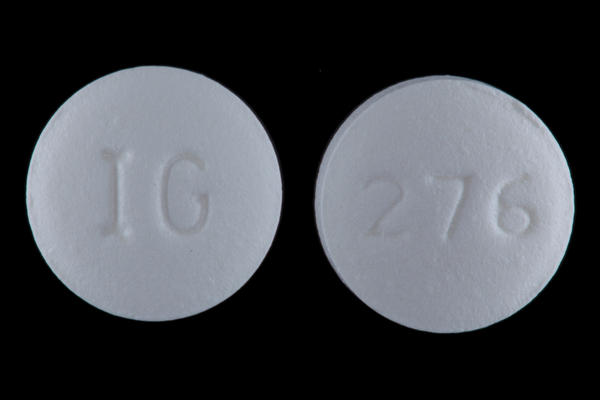Raise body temperature
How to Increase Body Temperature: 15 Ways
If you live in a temperate or colder climate, you’re likely all too familiar with chilly weather.
Drafty windows, insufficient home heating, and working outside can all contribute to body aches, cold fingertips, and even lowered body temperature.
Humans self-regulate body temperature with the hypothalamus, a part of that brain that compares your current internal temperature to your body’s “normal” temperature — typically between 97°F (36.1°C) and 99°F (37.2°C).
When your temperature starts to drop below what’s normal for you, your body gets the signal to generate heat.
Unless you’re experiencing hypothermia, your core temperature is typically pretty stable. But your skin temperature — how your fingers, toes, legs, arms, and forehead feel — may start to go down as cold air steals heat from your body.
It’s possible for your body to get so cold that your core temperature is affected. This can harm your body and is considered a medical emergency. Read on for some ways to help increase your body temperature.
Physical activities can increase blood flow and help your body feel warmer. But not all physical activities will actually boost your core temperature. Here are some activities you can try.
Jumping jacks
While “getting your blood flowing” does help increase core body temperature, intense or long-term cardio exercise (such as running) can actually lead to a short-term decrease in skin temperature as you sweat.
A few quick jumping jacks (provided there’s no ice where you are) may work better to get your heart rate up and increase circulation, which in turn increases body temperature.
Walking
If you need to do work outside or just have to get some fresh air, the key is to keep moving.
Don’t overexert yourself, especially not without warming up muscles first — just try to keep blood moving through your body. Walking, even if you’re not going anywhere, can help keep your body temperature from dropping.
Keep the speed and pace to a minimum. Running outside in extreme temperatures can decrease your coordination and increase risk of injury.
Putting your hands in your armpits
Your fingers and toes may be the first parts of your body that start to feel numb from the cold. But your body does have a built-in heating center — your armpits.
Putting your hands under your armpits hugs your body heat close to you and warms your fingers.
Clothing
“Bundling up” is a quick way to give your body temperature a boost. Wearing several layers of fabric can trap your body heat closer to your body and help you feel warmer.
Use a hat or gloves if they’re available. Your head is one part of your body that can’t shiver, meaning that wearing a hat is the only way to warm up that part of your body.
If you can keep your hands, feet, and head covered with something warm, you can better preserve your core body temperature.
There are also some foods and beverages you can consume to warm yourself up.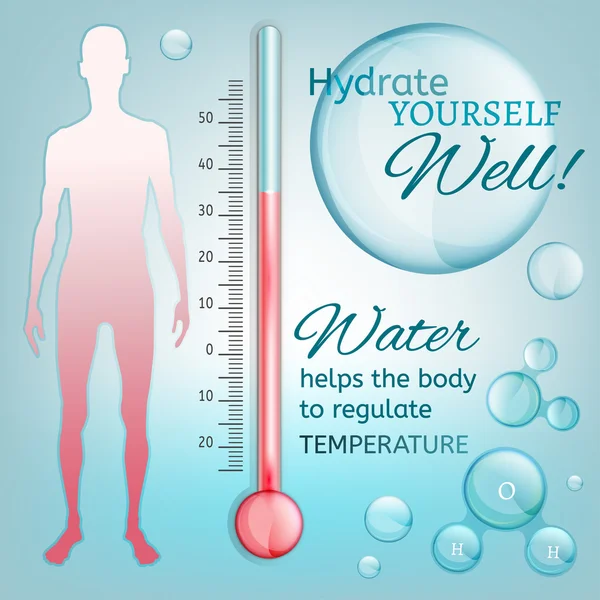
Hot tea or coffee
A warm, soothing beverage can warm up your body quickly, even feeling warm as you swallow it.
Steam from a hot tea or coffee can also add warmth to your face, and holding a warm mug helps heat your hands up, too.
Soup
Eating soup can have a similar effect to tea or coffee, warming up your body as you eat it.
Roasted veggies
Eating foods rich in fiber that take longer to digest might help you feel warmer.
Roasted sweet potatoes, butternut squash, or cauliflower can warm you up in the short term as you bake them and also keep you feeling full and warmed up as you digest.
Protein and fats
Protein takes longer to digest than carbs, and your body needs a layer of body fat that’s best derived from fats and proteins.
Eating nuts, avocados, seeds, olives, salmon, or hard-boiled eggs may not warm you up instantly, but including them regularly in your diet are good for your overall health.
Iron
Eating foods that contain iron can reduce your chance of being anemic.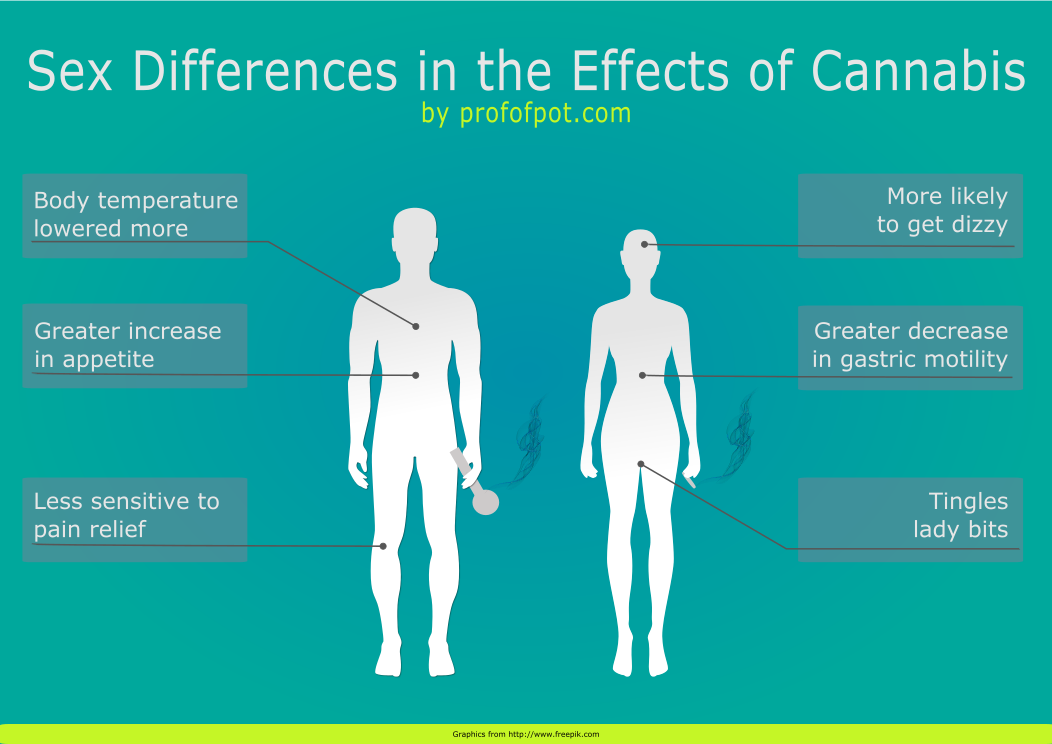 Anemia leads to feeling cold more often, so upping your iron intake through food sources doesn’t hurt.
Anemia leads to feeling cold more often, so upping your iron intake through food sources doesn’t hurt.
Shellfish, red meat, beans, and broccoli are all high in iron.
Calorie-dense foods
Spending time in colder temperatures indoors and out may cause your body to need more calories.
While it should not be an excuse to indulge during winter months, eating nutritious, calorie dense foods may help you stay a little warmer during the colder months.
You may not be able to physically zap yourself to a beach. But there’s reason to believe that simply visualizing a warmer climate might be enough to help you warm up.
Meditation
Preliminary research shows that even people inexperienced at meditation can raise their core temperature using meditation and visualization techniques.
These techniques, called “g-tummo” practices, were first found to be effective in Tibetan monks. By visualizing a warmer place, participants were able to sustain an increase in core body temperature.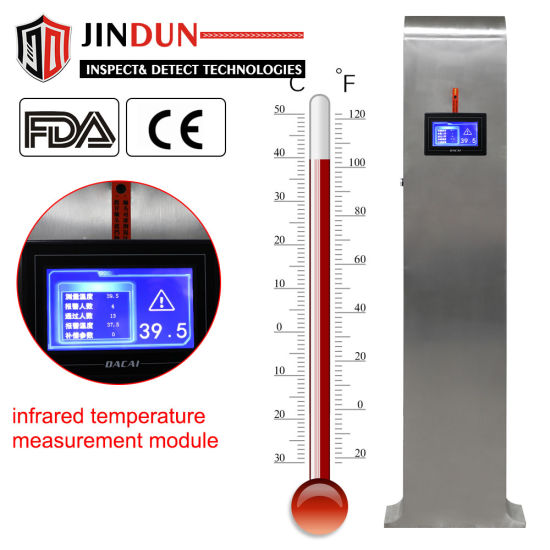
Forceful breath
That same research showed that what’s known as vase breathing contributes to increased body temperature.
By bringing in your breath, holding it for a few seconds, and then contracting both pelvic and abdominal muscles, your lower body takes the shape of a “vase.”
This breathing technique can take some practice. But doing “vase breathing” in cooperation with meditated visualization may maximize the potential of both to increase body temperature using only your mind and breath.
Stay close to someone else
If it’s safe (and comfortable) to do so, share body heat with someone else. The warm breath and heat of another human being within arm’s reach can help keep your core body temperature from dropping too low.
Take a warm bath
A quick way to raise your internal temperature is hydro-immersion therapy — better known as taking a bath.
While a shower can help to warm your body as well, a bath that covers your chest area is shown to elevate your core temperature.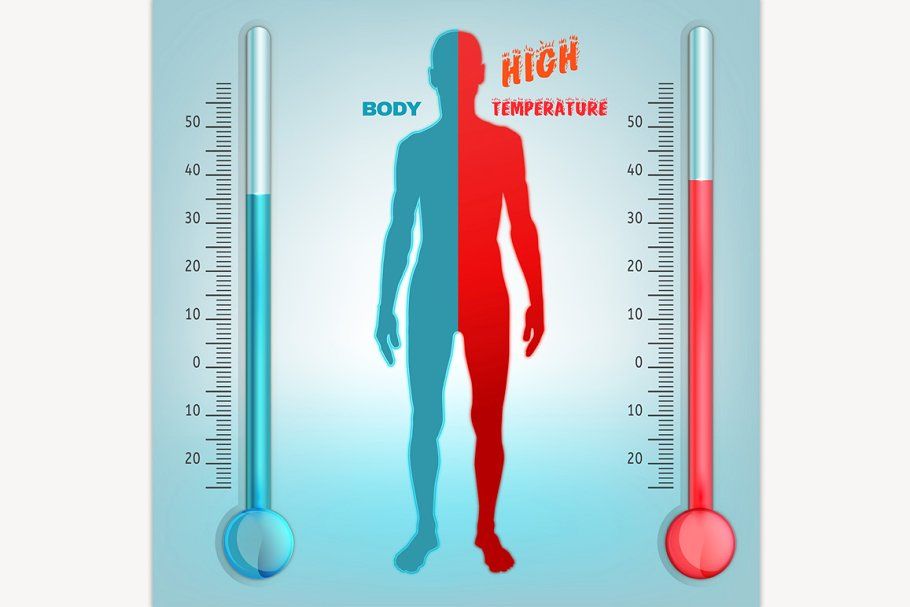
As an added bonus is it may improve your blood pressure and help you sleep if you take a bath before bedtime.
Change into warm clothes
If you’re coming in from being outside, your clothes may feel damp or wet from wintry weather.
An easy trick is to run your dryer with a fresh set of clothes for 5 minutes and change out of your outside clothes and into dry, cozy clean ones.
The average body temperature is 98.6°F (37°C). But you should know that “normal core body temperature” varies slightly from person to person.
It’s not a specific number but rather a range of what’s thought to be healthy. Any temperature from 97°F (36.1°C) and 99°F (37.2°C) can be considered normal.
And a cold environment isn’t the only reason that your core temperature may decrease, regardless of your normal body temperature. Here are some possible reasons for decreases in body temperature.
Illness
Health conditions may cause you to feel a change to your core temperature.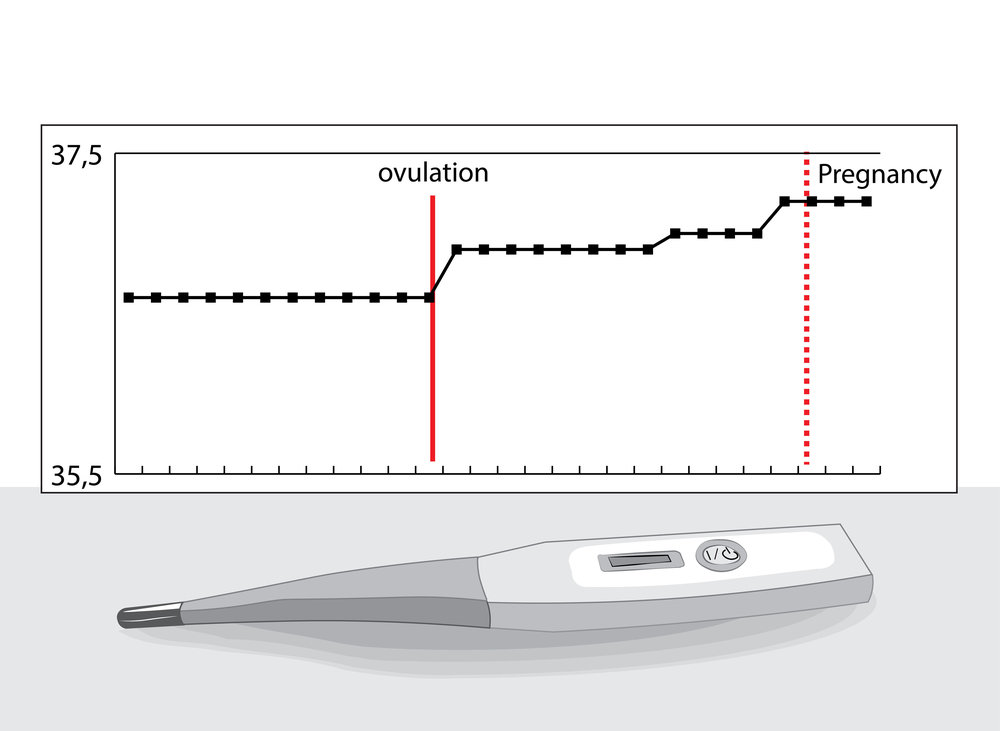 A bacterial or viral infection can cause fluctuations in your body temperature as your body fights off germs.
A bacterial or viral infection can cause fluctuations in your body temperature as your body fights off germs.
If you’re feeling cold all the time, anemia or hypothyroidism could be the cause.
Drinking alcohol
Drinking alcohol may make you feel warmer, but it doesn’t increase your core body temperature.
Drinking alcohol will make you less aware of the actual temperature of your environment and may actually impact your body’s ability to thermoregulate.
Aging
As we age, our core body temperature sometimes gets lower as a natural part of the process. For adults over the age of 65, normal body temperature typically falls below 98.6°F (37°C).
Here are some steps you can take to prevent getting cold in the first place:
- Dress in layers.
- Use heating pads or an electric blanket when you’re relaxing at home, and hand warmers when you’re outside.
- Wear warm socks and slippers around your home.
- Close off rooms you aren’t using, close vents, and close curtains or blinds to maximize the heat in your living space.

- Drink warm beverages, like hot tea.
- Try using a draft-dodger for drafty doors.
- Bring a lap blanket when you’re a passenger on a car trip.
If your core temperature goes below 95°F (35°C) you’re experiencing hypothermia. Hypothermia is a medical emergency and requires attention from a doctor.
This can be caused by exposure to the cold, but can also be triggered or become more likely due to your age and certain health conditions.
Other symptoms that require medical attention include:
- skin that looks hard or feels waxy
- skin that is tinged bluish, whiteish, gray, or red after extreme temperature exposure
- extremities that form blisters when you try to warm them up too quickly
- fever after cold exposure
- clumsiness or muscle stiffness after cold exposure
- unexplained symptoms after being outdoors in the cold
- confusion or disorientation
Even if you feel a chill, your core body temperature is probably within normal range. It’s when your body shows symptoms of hypothermia that you need to be concerned.
It’s when your body shows symptoms of hypothermia that you need to be concerned.
If you’ve got no choice but to be exposed to lower temperatures, get resourceful with physical activity, your diet, and mental exercises to feel warmer.
How to increase body temperature? Here is everything you need to know
Do you know what goes up and down without having to move? Something we have but rarely notice?
In the hustle and bustle of our everyday lives, we are more often than not, simply attentive to details that we consider important or see as a priority. As the riddle implies, monitoring our body temperature is not always top-of-mind when it comes to improving our physical health, nor is it a daily element we think of.
The only time we ever pay attention to our body temperature is when we feel our body shiver from an oncoming fever.
Unbeknownst to many, our temperature is one of the most vital metrics for measuring our body’s quality and well-being.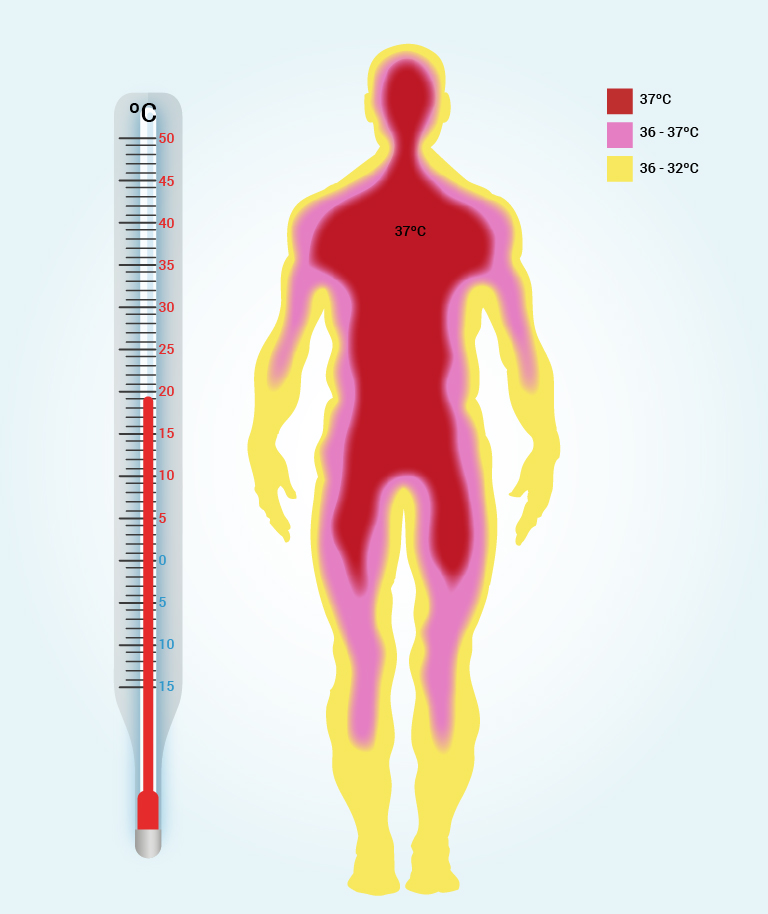 You might now somehow be recalling that taking your body temperature is a standard procedure in any appointment with your doctor. In order to learn what efforts we can do to support our bodies, it’s best to understand what contributes to our body temperature and how this makes it significant.
You might now somehow be recalling that taking your body temperature is a standard procedure in any appointment with your doctor. In order to learn what efforts we can do to support our bodies, it’s best to understand what contributes to our body temperature and how this makes it significant.
Body temperature is the assessment of how your body generates and loses heat. When it rises, the blood vessels in your skin expand to dispel the excess heat to its surface—which is if you sweat and it evaporates, your body cools down. Conversely, when the temperature drops, our blood vessels tighten; scaling down the blood flow to your skin to save heat—this is why we shiver. It’s an instinctual response from your muscles meant to help your system develop more heat and rewarm the blood.
Your body temperature also reveals things about your health. Here are some of them:
- How fast your metabolism is
When people decide to lose weight and go through extreme dieting, their temperature levels decrease to meet their body’s new metabolic rate.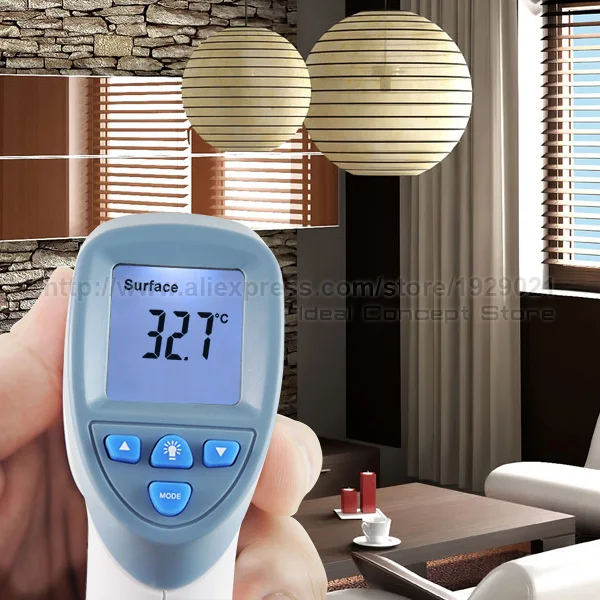 As their body tries to conserve energy, people may feel cold more often.
As their body tries to conserve energy, people may feel cold more often.
Keeping track of your body temperature while dieting may tell you how your metabolism is responding to your new meals. If your temperature were to suddenly drop, it would be best to try a different routine.
- How your metabolic health is improving
A telling symptom of good metabolic health is when you have a more consistent body temperature day by day. This helps you get better sleep at night and keep your blood sugar levels in check.
- How your circadian rhythm operates
Your body’s circadian rhythm is when your body synchronizes itself to real-world time. Measuring your body temperature reveals your body’s internal clock. Your minimum body temperature is when you feel the most sleepy and your maximum body temperature is when you feel the most awake.
Of course, if you find yourself feeling sleepy at moments where you need to be alert and awake, there are natural ways to change your circadian rhythm.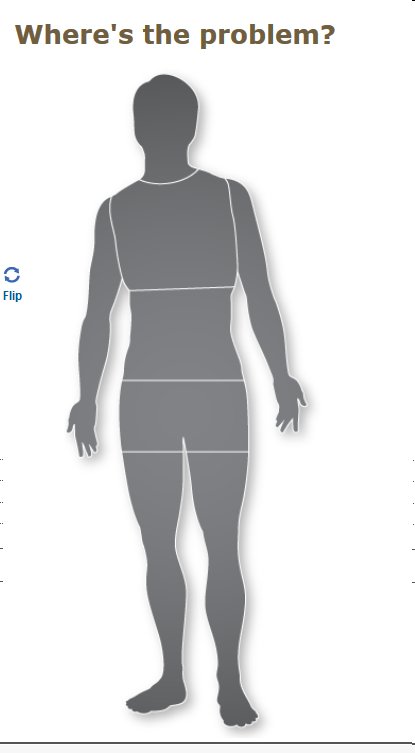
- How stressed you feel
Studies reveal that both humans and rodents experience a temperature spike when under acute stress. Nervousness over an exam, a confrontation, or a roller coaster ride is normal and you may find yourself sweating buckets before the event. However, it is good to know if your body is sending out warning signals for a health problem instead.
How do we measure body temperature
There are many types of thermometers for different parts of your body. For children and infants, parents and paediatricians commonly use ear and pacifier thermometers. For adults, digital and glass and mercury thermometers are used.
The common body parts doctors use to take your body temperature include your forehead, ear, armpit, mouth, and rectum. Its measurement can either be in degrees degrees Celsius (°C) or Fahrenheit (°F), in most other countries the standard is using Celsius while in the United States it is Fahrenheit.
Why is body temperature more important now than ever: A discussion on normal body temperature causes and effects
Now that we’ve covered some basics on what body temperature is and how it’s measured, let’s go back to briefly to the year 1851. In that momentous year, German physicist, Dr. Carl Wunderlich gathered more than a million core temperatures of 25,000 patients. His study established that 37°C or 98.6°F was the average normal human body temperature.
Research from Oxford press, however, cites that modern inquiries on the matter have consistently shown recorded findings of a lower temperature range. Researchers also conducted an investigation of their own where they compared the recorded body temperatures of 30-year-old white men in three main time period categories: 1860–1940, 1971–1975, 2007–2017.
According to the study, the average body temperature of humans has changed over time, with consideration from the period of their birth and or existence, and that this has been decreasing by 0. 22 degrees Celsius or 0.4 degrees Fahrenheit since the 19th century.
22 degrees Celsius or 0.4 degrees Fahrenheit since the 19th century.
Notably, the study reports that the cause of the difference may be due to the physiological changes experienced by the human body from those periods. This means that modern people's body temperature is lower than ever before and can possibly be modified by certain factors that may not have been accounted for.
To mention a few common causes of low-temperature body state is created by work stress, hypertension, fatigue, depression, environmental body toxicity, inappropriate diet, diabetes, gout, improper sleep routine, Lyme disease, excessive blood pH, hypoglycemia, excess weight, and lack of exercise. All of which are thriving and happening in our world today.
Several academics dove into understanding the human body temperature better. Recent medical studies have well-advanced what Wunderlich has established and are presently educating people that the human body temperature is more flexible than believed to be.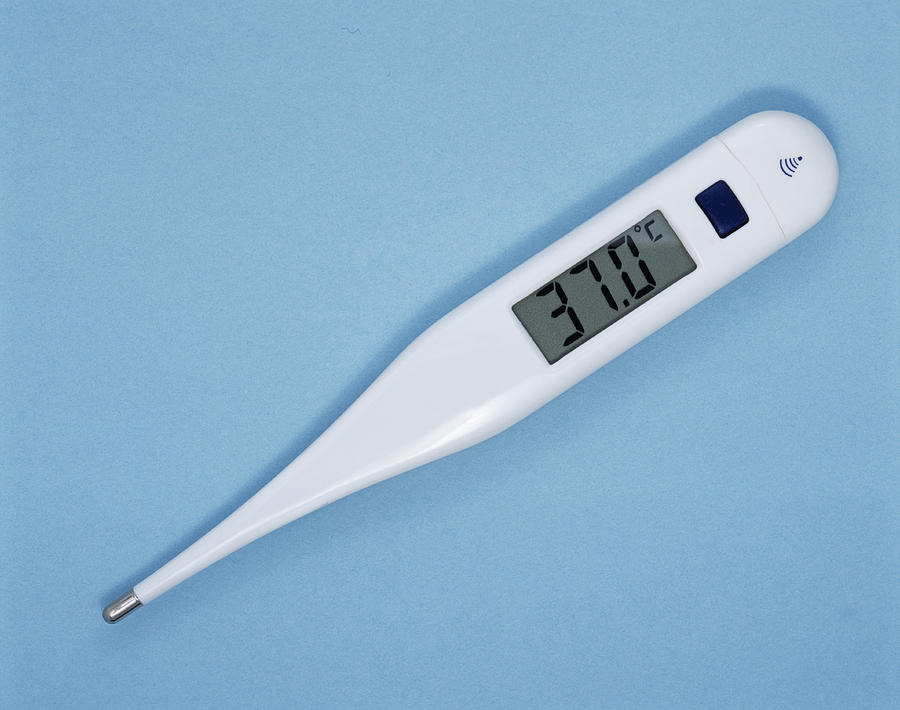
One of these people is Jonathan Haussman, a rheumatologist at Boston Children’s Hospital and Beth Israel Deaconess Medical Center in Boston. In 2018, Haussman conducted a study alongside his colleagues using the iPhone app, Feverprints. The study, published in the Journal of General Internal Medicine, also counters the 1868-year-old 98.6°F benchmark. With a sample of 329 healthy adults and the use of an oral thermometer, it dictates that the average normal temperature in adults is 97.7°F and 99.5°F begins as fever.
Of course, this range diversifies among different age groups. As babies and children are at a stage where physical development is at its peak, their average temperature is about 97.9°F to 100.4°F. For the elderly, their average temperature is seen to be lower than 98.6°F.
When considering gender, studies suggest that women evolved with a system that protects their core body temperature when exposed to freezing weather. Blood flow is reduced to the skin and extremities to keep internal organs warm and secure. So though their hand temperature is lower than men’s, their internal temperature is slightly higher. For men, they are more likely to generate more heat as they tend to have a greater muscle mass.
Hausmann imparts that like the way we evaluate body weight or blood pressure, body temperature should be a flexible concept with dependencies and or perceptions considering age, gender, time of day, and many more.
Safe to say, overall studies in modern times are debunking the standard Wunderlich set out, but there is still truth there. According to Professor Ariaki Kawashima of Tokyo Ariake Medical University and a doctor at the Toyo Medical Research Institute tells us that the optimal human body temperature is still at 37°C or 98.6°F, but today’s people are not reaching the ideal and are instead faring about one degree less.
Some may not think much of that one degree but in effect, the body’s metabolic capacity is lessened by about 12-120% and its immune function is lowered down by at least 30%.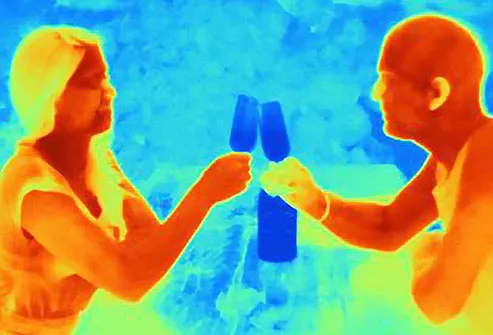 When body temperature starts to drop, the concentration of blood increases and its circulation deteriorates. If the blood’s circulation is not at its prime, oxygen and nutrients are not transmitted well to various parts of the body. This can result in the holding off production of hormones and neurotransmitters. In addition, the human body becomes more susceptible to viral infections which replicate more actively in cooler core temperatures such as the Rhinovirus—the source of the common cold.
When body temperature starts to drop, the concentration of blood increases and its circulation deteriorates. If the blood’s circulation is not at its prime, oxygen and nutrients are not transmitted well to various parts of the body. This can result in the holding off production of hormones and neurotransmitters. In addition, the human body becomes more susceptible to viral infections which replicate more actively in cooler core temperatures such as the Rhinovirus—the source of the common cold.
That said, take Japan as an example, given the different seasons they experience and their country has always been on the cold side, they have developed a sense of “warm living”. This is a series of efforts or activities to retain the body at its optimal temperature.
Warm living can be through their modern devices or leisure endeavours. In a way, it has somehow already been embedded in their culture, as simple as their use of a kotatsu which is a possible counterpart of the electric blanket or by going to an onsen, a hot spring.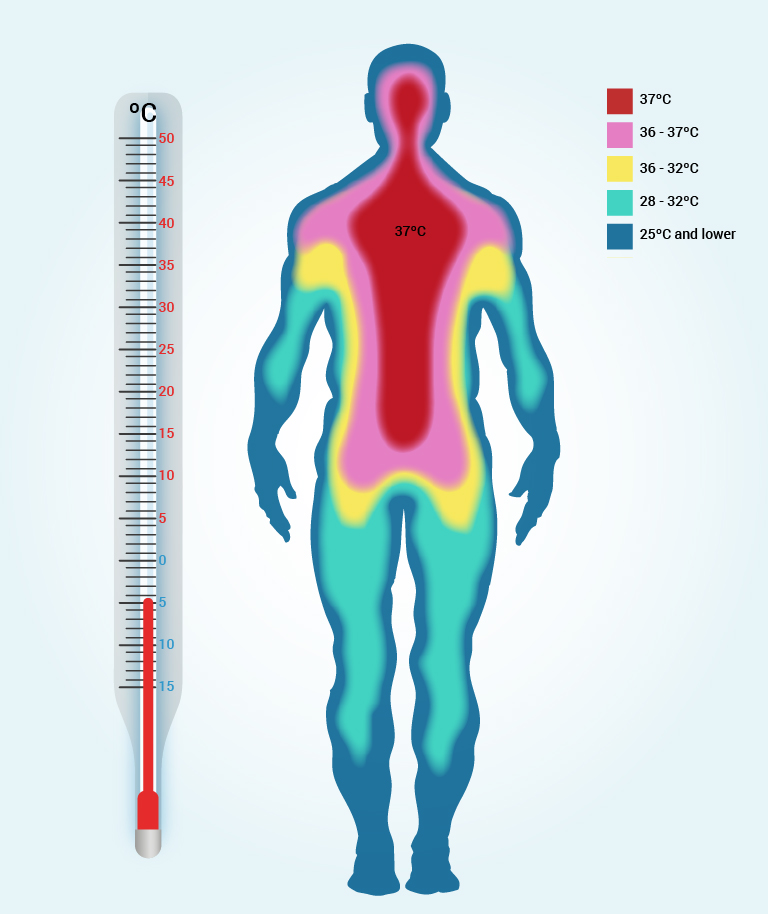
Being concerned about your body temperature is important when ensuring that your body is able to function well. At its optimum heat, your body’s performance is at its best and fittest. This naturally calls for measures to take better care of your health.
What causes high body temperature aside from sickness?
Many of our lifestyle choices or environmental factors can make our temperature rise. Here are a few examples:
- Hot or humid weather: Undesirable weather conditions can leave you feeling tired, distracted and even irritable. When prolonged, you are more likely to get a sunburn, heat exhaustion or heatstroke.
- Exercising or any strenuous activity: If you are not used to exercising regularly, exercise in humid environments or exercise too much, you are more likely to increase internal heat.
- Food and drinks: Alcohol, caffeine, spicy food, and warm soups can make you sweat more than usual.
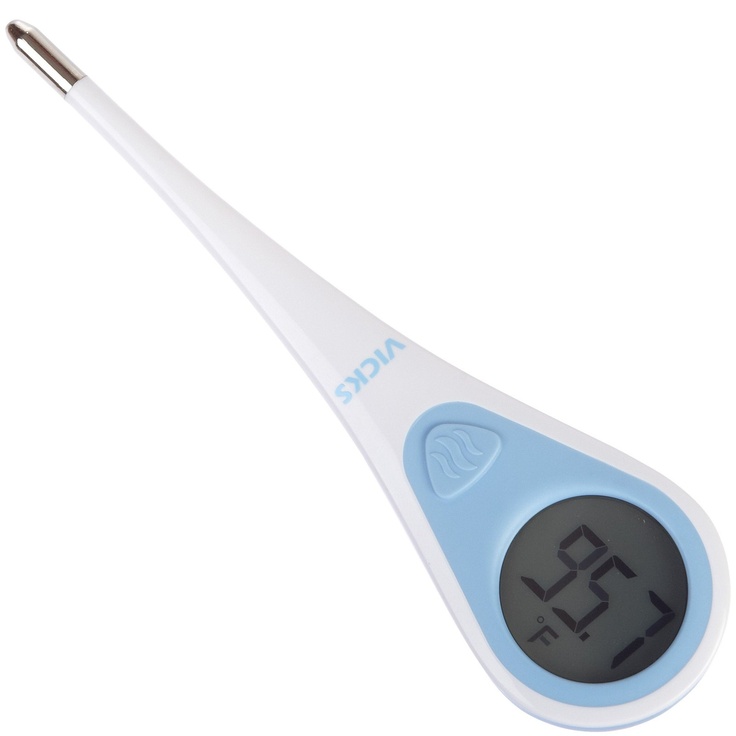
- Clothes: Any kind of material that is thick, tight, restrictive or dark can increase your body heat. There are also different fabrics that prevent your sweat from evaporating, causing you to sweat more.
- Medications: Certain kinds of medicine can cause us to sweat. Analgesics, cardiovascular drugs, hormonal drugs, and skin treatments may cause your body to heat up.
How to increase your body temperature
Medicinal research has indicated that by routinely expanding the core temperature of the human body by 1.8°F, the human immune system is improved up to 30%. To help maintain the ideal temperature of your body here are a couple of ways how:
- Exercise
It’s not just all about losing the extra weight. Being physically active, it will definitely make you sweat and breathe heavily. It will also increase your heart rate and pump up the circulation of blood and oxygen in your body.
It will also increase your heart rate and pump up the circulation of blood and oxygen in your body.
Through these essential physiological processes, it preserves your body’s state of homeostasis. It also helps boost your body temperature, blood oxygen levels, sugar levels and hydration—vital properties for your survival. Plus when you’re coursing through a good workout routine, your body adapts a mechanism that sustains your ideal body temperature and water levels so you can keep exercising. Along with a steady healthy diet and a good intake of fluids, stay active to aid your body to maintain its best performance.
- Eat Right
As drinks like alcohol and caffeine may not always be the healthiest option to keep yourself warm, there are healthier alternatives that you can consume. Thermogenesis is the process where your body produces heat as it digests and metabolizes your food. Here are a few:
Bananas
Packed with Vitamin B and Magnesium, this naturally sweet fruit helps your thyroid and your adrenal glands function properly. These glands are the ones responsible for regulating your body temperature.
These glands are the ones responsible for regulating your body temperature.
Sweet Potatoes
Starchy vegetables like sweet potatoes and other root vegetables require more energy when moving through your digestive tracts. Therefore, your body temperature rises. Not only that, this vegetable is full of Vitamin A, Vitamin C, Potassium and fiber.
Butternut Squash
Turning this vegetable into a soup is a nutritious way to warm your body up. Filled with different antioxidants, vitamins, minerals and nutrients, your immune system will also remain healthy.
Ginger Tea
Ginger can stimulate digestive health and thermogenesis. Making ginger tea is also a healthy antioxidant for your body, washing out harmful toxins from your body.
Oats
Making porridge for breakfast fills your stomach with whole grains and fiber. Apart from fighting away unhealthy cholesterol, you will also feel full and warm.
Apart from fighting away unhealthy cholesterol, you will also feel full and warm.
Consider Heat Therapy
Also known as Thermotherapy, this method is mainly utilizing heat as a treatment to relieve pain or for health and wellness. It has been proven as an effective self-care remedy for many ailments and a great way to alleviate pain and inflammation, muscle spasms and decrease joint stiffness.
Thermotherapy uses tools such as hot cloths, hot water bottles, heating pads, ultrasound and many more. Using these help increase your blood flow while carrying essential protein and oxygen which then boosts your body temperature as well.
A Warm Bed
In the winter or probably even just on a cold day, you’d like to have your bed warm and toasty. Piling up your bed with comfortable sheets, blankets, and pillows would be one way to go. For greatest impact, get thicker sheets made of wool, as the material is delicate and extremely warm. You can likewise get sheets made of downy or silk.
You can likewise get sheets made of downy or silk.
As a plus, you can surround yourself with more pillows, use an electric snuggly heating cushion to warm your hands. Put on your electric foot warmer as it is a great way to keep your feet warm. Contingent upon the size of your bed, you'll need between two to four extra pillows. Those additional layers will provide good insulation for your bed, warming its temperature significantly. You can also try putting on additional clothing. These should be not too restrictive, but can keep you warm nonetheless.
Moreover, a decent sleeping mattress for managing internal heat level is one made of polyurethane foam, since it changes with your body temperature and keeps you warm in the winter. Purchasing a decent sleeping bed is a beneficial venture, so don't purchase the modest ones. You'll eventually wind up replacing them at some point or another.
Indulge in hot spas and hot baths
Going to the spa to soak in a hot tub or immerse in a sauna or steam is soothing. Likewise can be said after taking a long hot bath or shower. These activities can be truly unwinding and healthy for the body. With the hot water, it relieves almost if not all your anxiety, stress, and muscle pain. The water’s temperature and movement raise functions and your body’s overall circulation processes, relaxing it as it increases its temperature while freeing your body from the impacts of gravity.
Likewise can be said after taking a long hot bath or shower. These activities can be truly unwinding and healthy for the body. With the hot water, it relieves almost if not all your anxiety, stress, and muscle pain. The water’s temperature and movement raise functions and your body’s overall circulation processes, relaxing it as it increases its temperature while freeing your body from the impacts of gravity.
An Electric Underblanket
Another option is to keep things simple and take advantage of today's technological innovations for warmth. With an electric underblanket you can help regulate your body temperature at will. This is especially when you’re about to rest since we people in general experience our greatest internal heat level drop the minute we fall asleep making us more susceptible to viruses. Warmth has now become a tool you can simply switch on when needed or wanted.
When purchasing an electric underblanket, you’d want to look for qualities that can provide the best levels of warmth, comfort, and breathability. Our 4D DWF electric underblanket can give you that ultimate experience.
Our 4D DWF electric underblanket can give you that ultimate experience.
4D Dynamic Warmth Flow is designed to give the best degrees of solace to the sleeper, while as yet keeping the fundamental components of what makes a decent electric blanket. What makes it unique is its ability to create a warm soothing environment for you with its even distribution of heat while still allowing for efficient airflow.
Whether it be through physical fitness, recreational activities or innovational tools—the overarching benefit of regularly increasing your core body temperature is to protect your body’s immune system and bring it back from the 30% decline caused by that one degree less.
Every physiological process in your body large or small are reliant on catalysts. Having a healthy and optimum body temperature, the more successful you are at converting energy. With that energy, your body develops a strong immune system. Gaining that kind of immunity, you become more capable of assembling and rebuilding cells faster. Then the more evident upgrades in mental mindfulness become—in addition to proper nutrient, mineral, and calorie consumption.
Then the more evident upgrades in mental mindfulness become—in addition to proper nutrient, mineral, and calorie consumption.
As you can see, understanding your body temperature and how to improve it is important. It plays such a vital role in your body’s functions and behaviour. It is best to always keep it in check and continuously find ways to attain its ideal state.
4D DWF technology disperses the heat generated by our blankets through uniquely designed holes, allowing them to give you ideal conditions for sufficient and comfortable sleep.
Interested in becoming a distributor of Wellcare's 4D DWF products? Click on the link below to learn more about the 4D DWF electric blanket - what sets it apart from conventional electric blankets, and the science that comes with creating the next step to sleeping in comfort.
Data sources:
https://www.sleepassociation.org/about-sleep/top-10-foods-help-sleep/
https://www.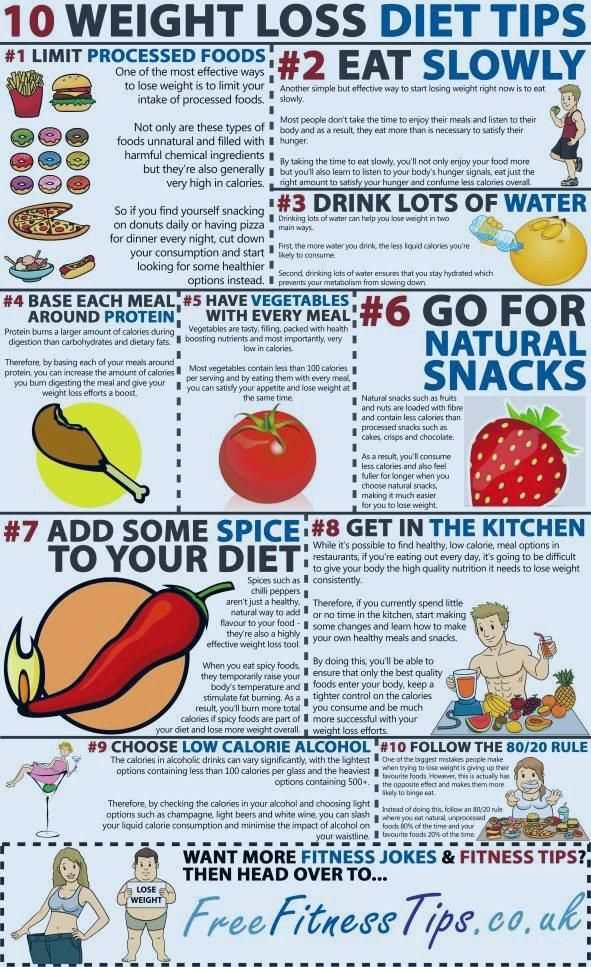 sleepfoundation.org/nutrition/food-and-drink-promote-good-nights-sleep
sleepfoundation.org/nutrition/food-and-drink-promote-good-nights-sleep
https://www.healthline.com/health/why-am-i-always-hot#common-causes
https://www.healthline.com/health/how-to-increase-body-temperature
How to quickly and safely raise body temperature at home
There are many factors that affect the peculiar biological marker that will be discussed in our article. The temperature shows the current state of the body and varies depending on the level of activity, time of day, age. But if it rises or falls significantly, this may signal pathologies. We will tell you how you can safely raise your body temperature to normal.
Website editor
Tags:
Health
Accessories
Coronavirus
Food
Diseases
One of the important indicators of our health is body temperature.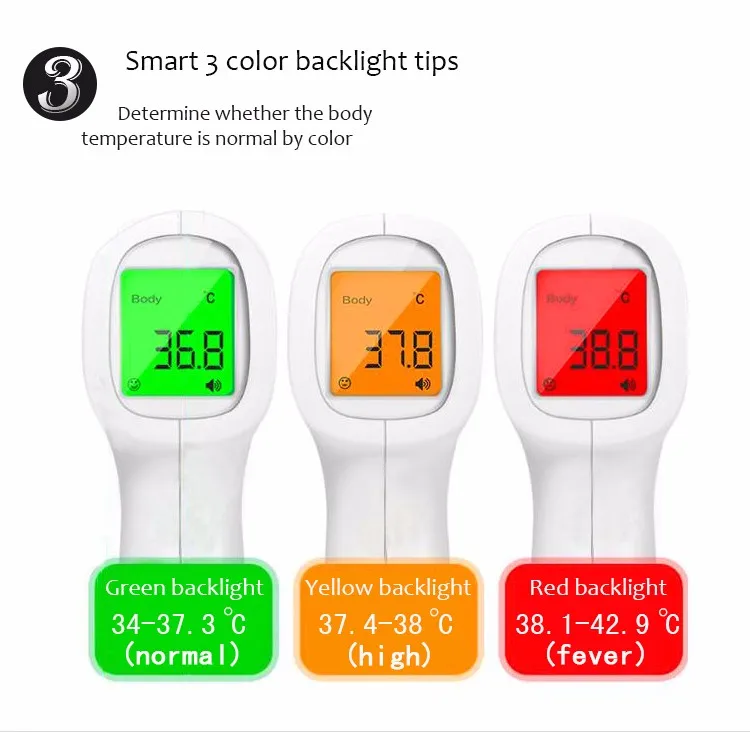 It reflects the relationship between the heat generated by various organs and tissues and the heat exchange that occurs between the body and its environment. Not everyone knows what to do if the body temperature is very low. When the skin seems cold, coffee, rubbing, and a pencil lead are used. We will touch on less controversial methods that do not harm the body.
It reflects the relationship between the heat generated by various organs and tissues and the heat exchange that occurs between the body and its environment. Not everyone knows what to do if the body temperature is very low. When the skin seems cold, coffee, rubbing, and a pencil lead are used. We will touch on less controversial methods that do not harm the body.
Do not self-medicate! In our articles, we collect the latest scientific data and the opinions of authoritative health experts. But remember: only a doctor can diagnose and prescribe treatment.
What does low body temperature mean? We will only add that values from 36.1 to 37.2 ° C also do not necessarily indicate the onset of the disease. For example, in women, it decreases the day before ovulation, and then rises to a maximum of 37.4 ° C. And when we fall asleep, all processes in the body slow down, and the indicator slightly rushes down (closer to 36 degrees). But it is necessary to raise the body temperature as soon as the thermometer stops at 35.
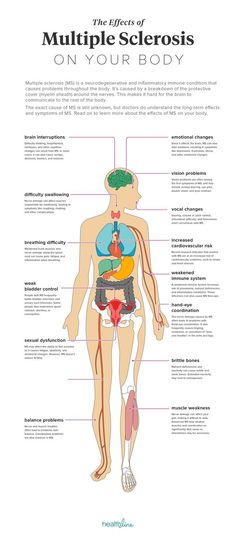 5 ° C while awake.
5 ° C while awake. Hypothermia refers to core body temperature below 35 degrees. Her symptoms progress from chills, sheer trembling, paleness, shortness of breath, and drowsiness to confusion, coma, and death. The most common causes of hypothermia are:
- prolonged exposure to cold
- prolonged exposure to wet clothes
- immersion in ice water
- large blood loss
- anemia
- depression 0032
- damage to the hypothalamus
- taking certain medications
In case of a sharp decrease in the index, which is accompanied by life-threatening symptoms, severe hypothermia, an ambulance will be required. You can arm yourself with basic ways to quickly raise your body temperature and give yourself or another person first aid.
How to quickly and safely raise your body temperature
In addition to the above reasons, there are a number of factors that increase the risk of hypothermia.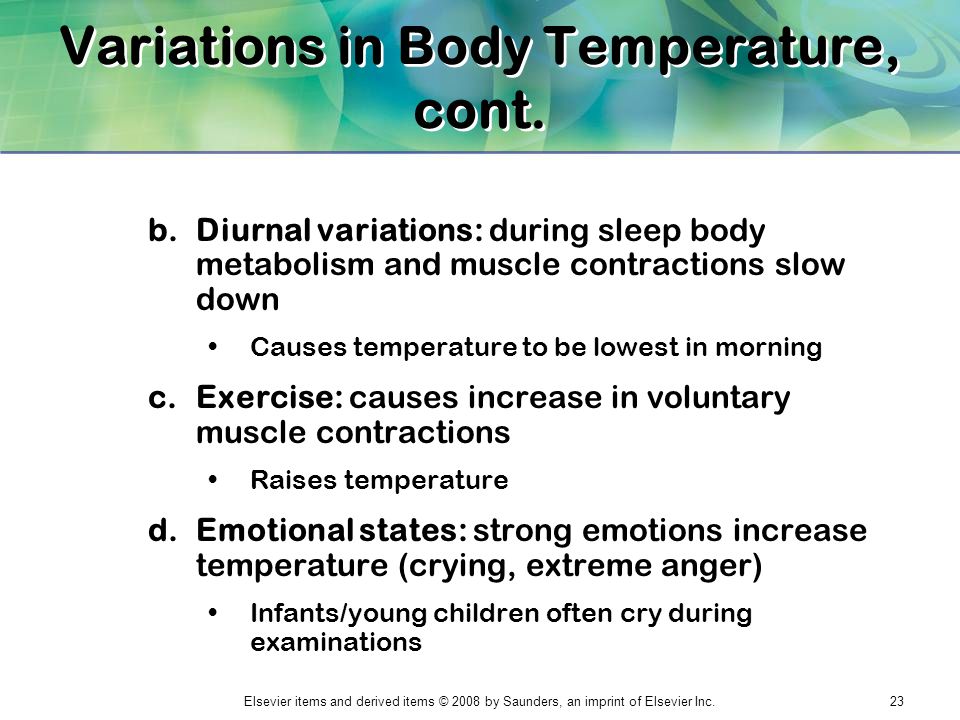 These include fatigue, old age and infancy, alcohol consumption. We list the options for raising the body temperature to 36.6 in an adult.
These include fatigue, old age and infancy, alcohol consumption. We list the options for raising the body temperature to 36.6 in an adult.
1. Do some exercise
The easiest way to both raise your body temperature at home and improve your body tone is to take time to exercise. You can jump in place, do squats, or do other energy-intensive exercises. As soon as you see drops of sweat, rejoice - the thermometer is rising. Sweat testifies to us that the body has begun the process of natural cooling.
2. Have hot drinks or meals
As soon as the divisions on the thermometer shift, it will help to raise the low body temperature. They act stronger and more quickly than physical activity. The fact is that the body not only digests food, but also absorbs its heat. Choose any hot food and drink:
- coffee;
- tea;
- hot chocolate;
- warm milk with or without honey;
- hot broth;
- soup.

Another thing you can do for hypothermia is to eat foods that, due to their natural properties, increase body temperature. Among them are ginger, cumin, bananas, chocolate and honey. We just do not recommend using instant coffee with spoons. In large quantities, it can negatively affect the work of the heart and affect the pressure.
3. Wrap yourself in warm material
Fleece is the most popular fabric in this series. Take a fleece robe or blanket and wrap yourself up in it. Some experts give the following recommendations on how to artificially raise body temperature. To do this, it is enough to wrap yourself in airtight synthetic materials, such as plastic bags or cling film.
4. Put on a hat, scarf and mittens
Even if it's September, take out accessories from the winter collection and pour yourself hot tea with honey. Raising the body temperature to 38 degrees, of course, will not work, since such a task is not worth it.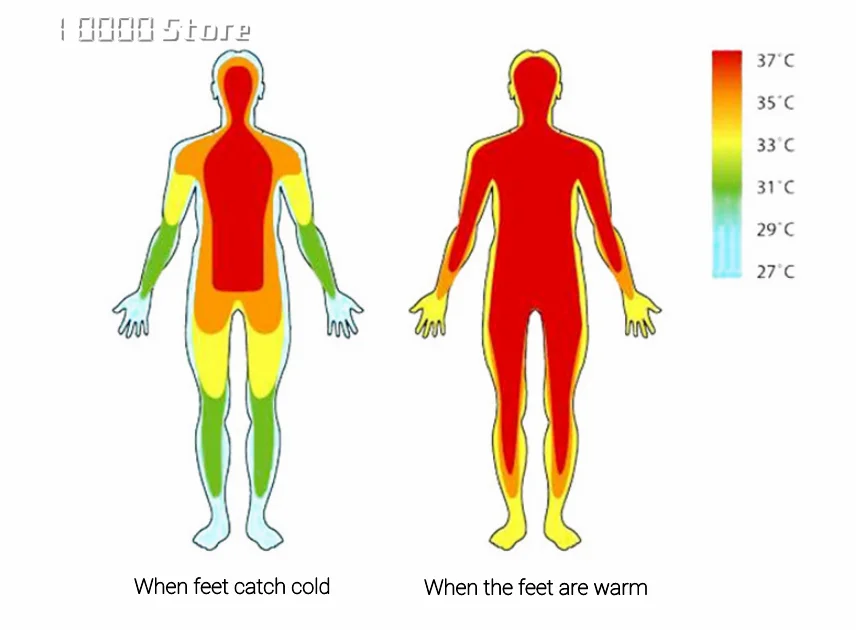 But bringing the indicator back to normal is quite realistic. The fact is that a significant amount of heat comes from the head. So a hat will help warm your head and raise your overall body temperature.
But bringing the indicator back to normal is quite realistic. The fact is that a significant amount of heat comes from the head. So a hat will help warm your head and raise your overall body temperature.
5. Try on many layers of clothing
The easiest way to raise an adult's body temperature is to dress up. A trendy reception combined with a hot meal will help increase body temperature by several degrees. Put on a shirt, sweatshirt, sweater, light jacket and thick coat at the same time. One of the layers of clothing can be replaced with thermal underwear.
6. Use a heating pad
Warm dry compresses and heating pads are a great way to raise your body temperature in 5 minutes. If you have a heating pad at home, pour not too hot water into it so as not to burn yourself. Then wrap yourself in clothes that keep you warm, crawl under the covers and take a heating pad. In a few minutes, you will already be hot.
In a few minutes, you will already be hot.
7. Breathe properly
Climbers know how to raise body temperature with the help of breathing. They have mastered simple exercises that they use to quickly warm up. First you need to take four deep breaths, then inhale deeply to gain the maximum amount of air. In this case, you need to strain the press. Next, imagine that you want to compress the air in your lungs. Hold the air in yourself for 45 counts. Repeat the exercise up to 5 times. The temperature should rise to 37 degrees.
You can try to raise your body temperature before consulting a doctor. But if you feel bad, you don’t have the strength to manipulate, or the methods don’t work, call an ambulance immediately.
Photo: Getty Images, Shutterstock; Unsplash
How to raise body temperature - Lifehacker
May 25LikbezZdorovye
We analyze four ways - from the most obvious to the most intricate.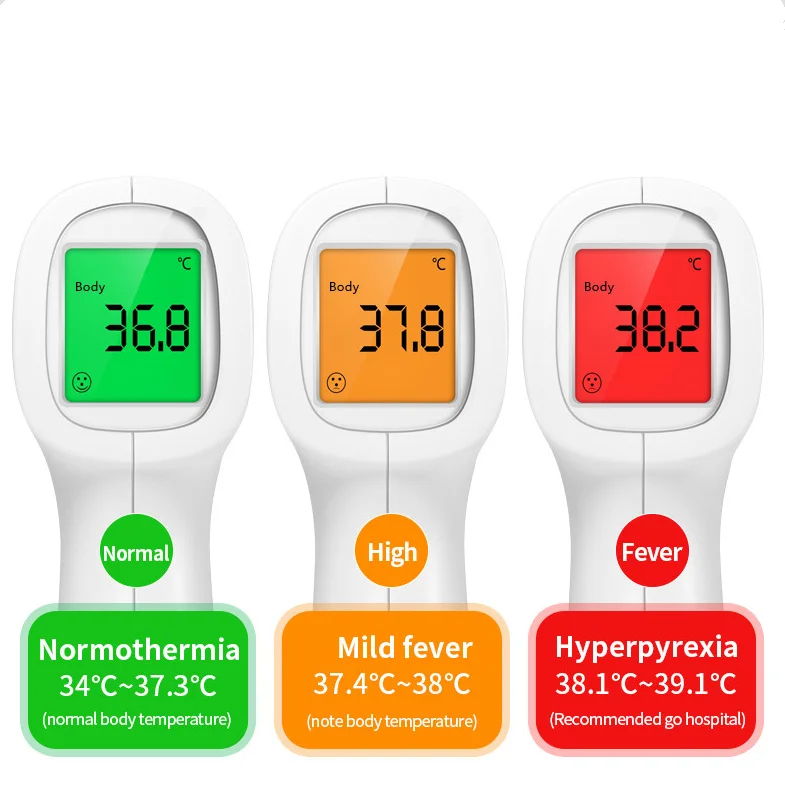
Iya Zorina
Author of Lifehacker, athlete, CCM
Share
0Low body temperature
Normal body temperature is considered to be 36.6 °C. However, the range from 36.1 to 37.2 ° C also does not indicate the onset of the disease.
If the temperature falls below 35 °C, they speak of hypothermia - a condition in which the body spends more heat than it can produce.
This usually occurs due to hypothermia and is accompanied by severe trembling, weak pulse, lack of coordination, confusion and slurred speech.
If you do not warm up in time, the condition may worsen - up to cardiac arrest and death.
How to Raise Body Temperature
We list five ways to do this.
Sit in a hot room
The easiest and most obvious way is to change the ambient temperature. However, you should not expect a large increase in degrees, since the body does an excellent job of thermoregulating even in very hot conditions.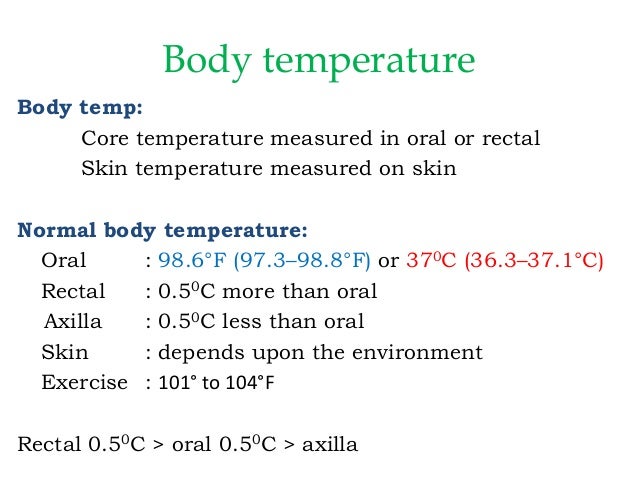
For example, after resting for 30 minutes in a Finnish sauna with an air temperature of +80 °C and low humidity, you can add about 0.9°C. And for the same time in a hammam with 35-45 ° C and humidity up to 100% - about 0.6 ° C.
If it is not possible to go to the sauna, it is worth soaking in a bath with hot water (39–42 °C). 20 minutes of such water procedures will raise the body temperature by 0.8 ° C.
Perform intense exercise
Muscle contractions during physical activity generate heat, warming up the body. To stabilize the temperature, the latter releases sweat. Evaporation of moisture cools the skin, but if the exercise is intense or long enough, the body will begin to heat up.
For example, 15-30 minutes of strenuous exercise on a stationary bike or running on a treadmill can heat up the body by 1.5-2°C and maintain an elevated temperature for 45-60 minutes after stopping. Moreover, the more intensively you work, the more heat the body will accumulate and it will take longer to cool down.
If you want to warm up in a tight space and without access to machines, you can use bodyweight exercises.
Kick-off jumps, jump squats, burpees, running in place—do each for 60 seconds, stopping only when necessary. Work like this for 15-20 minutes, and your body temperature will increase no less than after cardio on the simulators.
Eat something spicy
It is logical to assume that you can warm up the body with hot food or drinks. However, this is not the most efficient method.
In one experiment, a glass of hot drink (52°C) immediately relieved trembling and made people feel better. But at the same time, it affected body temperature no more than cool and even cold water.
But spicy food can really warm the body from the inside. Capsaicin, the substance that makes chili peppers hot, acts on certain types of muscle proteins to increase thermogenesis.
For example, in one study, 1 g of red pepper raised the body temperature of participants by 0.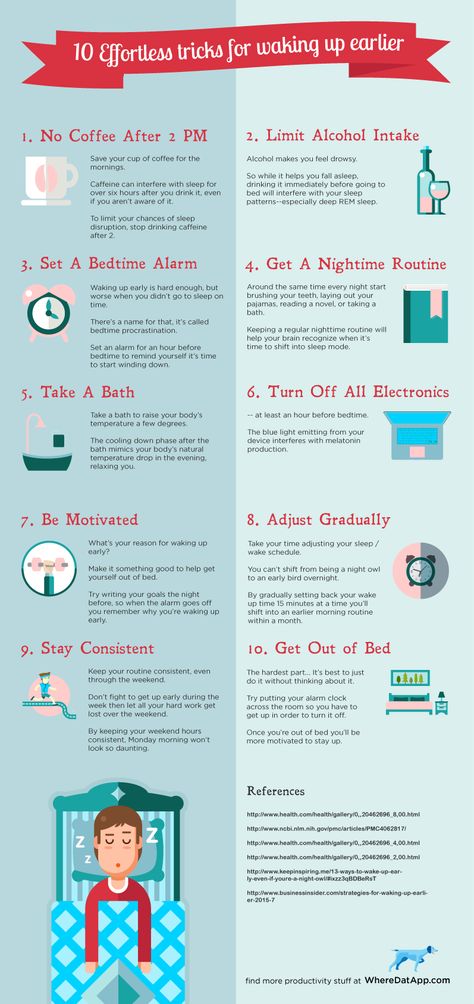 25 °C after about 3 hours. The increase is small, but together with other methods, it can increase the effect.
25 °C after about 3 hours. The increase is small, but together with other methods, it can increase the effect.
Try tummo breathing
This is a Tibetan meditation practice that involves special breathing and the visualization of a flame in the abdomen.
In one experiment, scientists gathered Buddhist monks practicing tummo and asked them to perform it in a cold room (0 °C). Western people familiar with yoga and breathing practices also participated in the study - they were taught the technique by an instructor.
To test what exactly helps to warm up, the participants of the experiment were asked to first breathe without meditation, and after a short rest with it. During the experiment, their temperature and brain activity were measured using an electroencephalogram (EEG).
It turned out that the tummo technique with meditation works better than just breathing, and in 10 minutes it helps to warm up the body by 1–2 °C. One participant in the experiment raised the temperature as much as 38.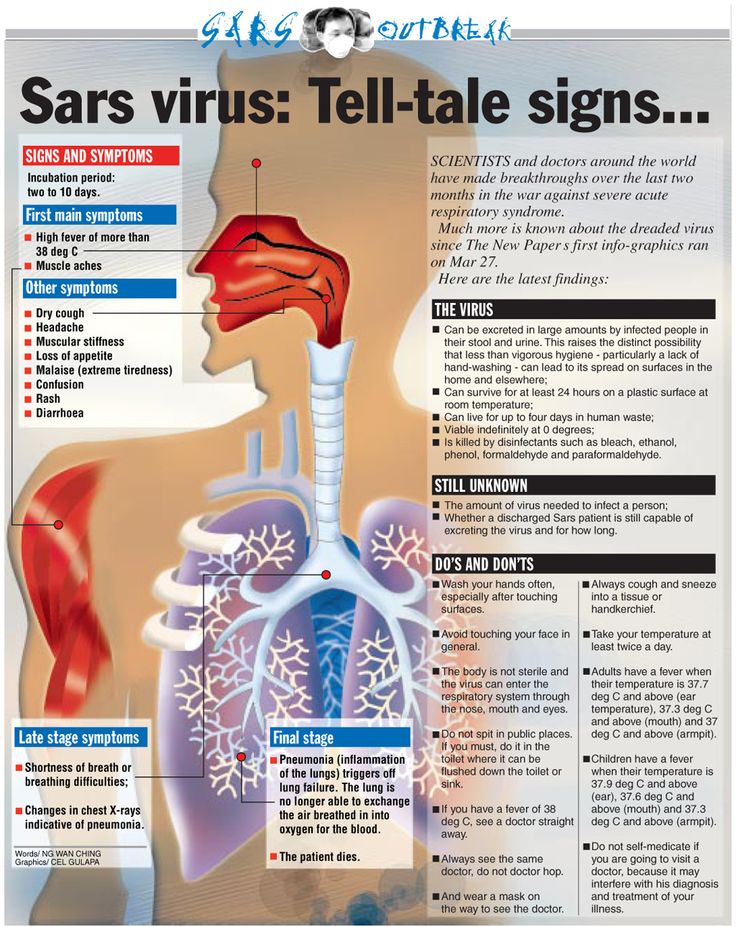 3 ° C - a state of fever.
3 ° C - a state of fever.
Breathing instructor Tim van der Vliet wrote instructions on how to learn this meditation in 5 steps.
It may take practice to stop getting confused. Therefore, to begin with, do each one separately - perform 5 breathing cycles, and then move on to the next one.
1. Concentrate on the lower abdomen
- Breathe in the belly, inhale through the nose, exhale through the mouth.
- Take five deep breaths with your belly only.
- After the sixth breath, hold your breath for 5-10 seconds.
- Concentrate on the lower abdomen during the hold.
2. Chin up and down. Repeat step one, but while inhaling, lift your chin, and when you exhale, press it to your chest.
3. Lower lock. Repeat the second step. While holding your breath, slightly push the diaphragm down, and then tighten the muscles of the buttocks and pelvic floor and hold until the next breath.







